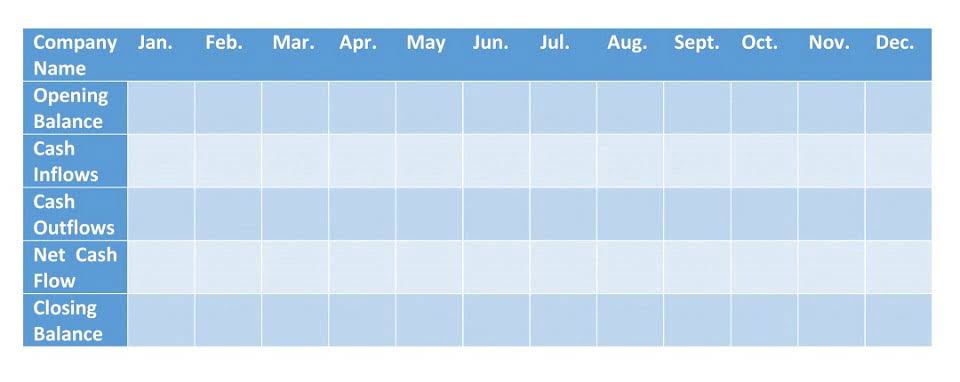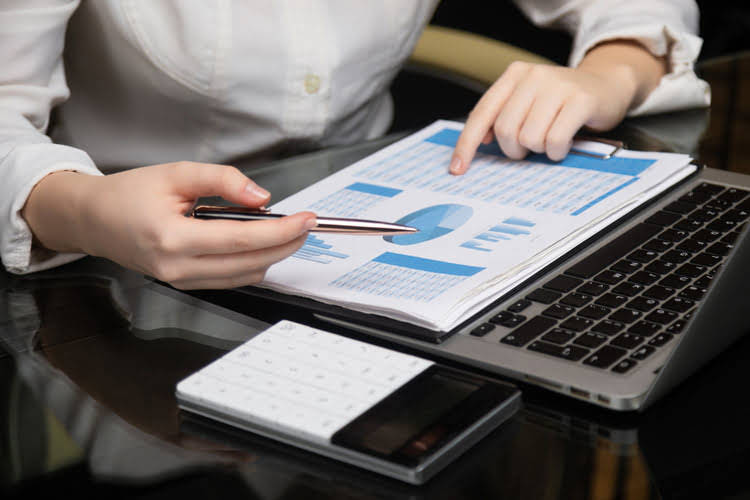
This data is then classified into direct, indirect, and manufacturing overhead. Cost accounting benefits businesses of all sizes as it accurately portrays costs. This information is essential in making informed pricing, product development, and process improvement decisions.
Direct Materials
The marginal cost of a product or service is the additional cost of producing one more unit of that product or service. The marginal cost of production falls as production increases because the contribution of fixed costs decreases. Standard costing is a method that assigns “standard” costs, rather than actual costs, to the cost of goods sold (COGS) and inventory.
Information Systems Auditing, Controls and Assurance
- Material cost is an essential factor to consider when manufacturing a product.
- When using lean accounting methods, traditional costing approaches are replaced by value-based pricing and lean-focused performance measurements.
- The breakeven point can be helpful when you are trying to determine how many units you need to sell to make a profit.
- Small businesses, in particular, can benefit significantly from cost accounting as it can help them compete against larger businesses with more significant financial resources.
- Cost accounting formulas can be a powerful tool for managing a business effectively when used correctly.
This conservative approach helps in presenting a more cautious and realistic view of a company’s financial health. For instance, during economic downturns, the historical cost principle prevents companies from artificially inflating asset values to present a more favorable financial position. Traditional methods of cost accounting are based on ‘standard’ costs and historical data. These comparisons offer valuable insights into cost trends, cost efficiencies, and the organization’s overall financial performance.
#1. Don’t Mix Business and Personal Expenses

Standard costing is a tool that can be used to help manage and control business costs. By understanding and analyzing variances, companies can make decisions that will help them improve their bottom line. The main difference between cost accounting and financial accounting is the audience for each type of accounting.

Unlock the essentials of cost accounting with detailed formulas, methods, and strategies to optimize financial management. In this module, we will introduce you to cost-type accounting - the first of the three cost accounting cost accounting basics sub-systems. Cost-type accounting helps companies to make their cost structure transparent. We will take a closer look at three important cost items namely material costs, personnel costs, and machine costs.

Disadvantage #1: Cost accounting is not a standardized system of accounting

Throughput accounting is a principle-based and simplified management used to create an alignment between all production activities to maximize output. For example, a property bought twenty years ago for $50,000 is sure to have appreciated. But if the company operates under historical accounting principles, the property will still be recorded as $50,000 on the balance sheet.
- Our mission is to empower readers with the most factual and reliable financial information possible to help them make informed decisions for their individual needs.
- Cost accounting helps businesses understand where their money is being spent and how this expenditure affects their bottom line.
- Any variance between the targets and the actual results are analyzed and, where necessary, corrective actions are taken.
- This provides a more accurate representation of the actual cost of each product, which can be helpful for pricing and other decision-making purposes.
- As a precaution against unexpected expenses, spare funds should be allocated along with short-term budgets.
- Historical cost accounting, as previously discussed, records assets at their original purchase price, providing a stable and verifiable figure.
Create a Free Account and Ask Any Financial Question

The above discussion leads us to the conclusion that cost accounting is a systematic procedure for determining per-unit costs. It serves, therefore, the purposes of both ascertaining costs and controlling costs. It is clear that cost accounting provides the basis on which costing is made possible. Cost accounting provides the necessary cost data that can be used for the purpose of costing.
Evaluation of potential business ventures- Cost Accounting
Also known as marginal costing, marginal cost accounting reveals the incremental cost that comes with producing additional units of goods and services. With marginal cost accounting, you can identify the point where production is maximized and costs are minimized. The two main types of cost accounting are activity-based costing (ABC) and traditional costing. ABC assigns costs to activities https://www.bookstime.com/ based on their consumption of resources, whereas traditional costing assigns costs directly to products for manufacturing or services for delivery. Break-even point analysis is an important tool for price determination on products and services. If the marginal cost of producing one more unit is lower than the market price, the producer is in line to gain a profit from producing that item.
